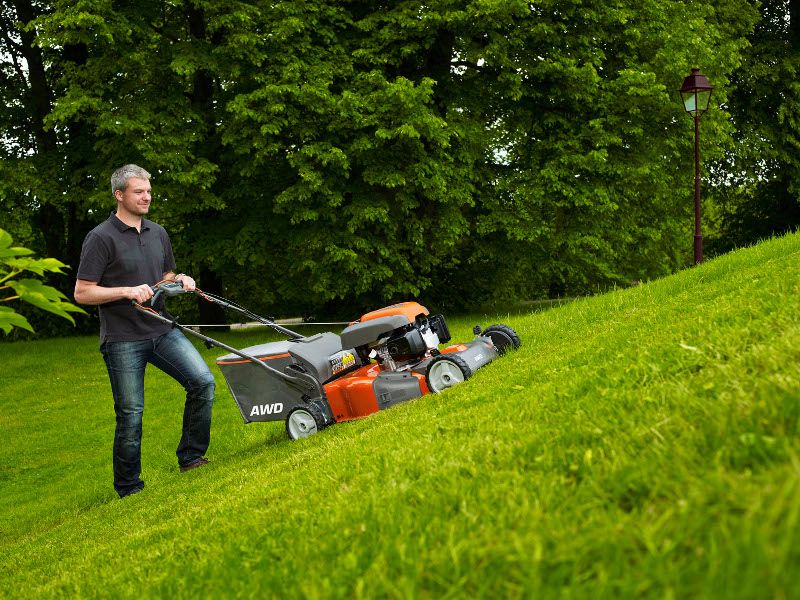As a homeowner, you need regular lawn maintenance like weeding, irrigation, and mowing to keep it healthy and lush. One practice that goes under the radar is lawn aeration. If you didn’t know, here are some of the benefits of aerating your lawn.
- Loosens the soil/reduces compactness.
- It promotes the healthy growth of grass.
- It helps with thatch management.
- Aeration prevents water pooling and runoff.
Note: Aerating your turf requires a good level of expertise, equipment, and experience- if you want to get the best results, you need a landscape and lawncare company to provide royal landscaping lawn aeration care.
.
We have mentioned the main benefits of aeration, but what do they mean, and how do they impact your curb appeal and your lawn’s aesthetic? Read on to learn of the importance of lawn aeration care.
What is lawn aeration?
Lawn aeration is a lawn care process that reduces soil compactness. Soil compactness refers to how closely packed the soil is. For instance, loose loamy or sandy soil is less compact than clay soil. The land gets compact when excessive pressure is applied to the surface.
Royal Landscaping companies in Buffalo, NY, achieve this by using specialized equipment called aerators- This equipment punctures holes into your lawn.
Benefits of lawn aeration.
Reduces soil compactness: When soil is over-compact, grasses, and plants, in general, find it hard to develop. The main aim of aerating your lawn is to reduce soil compactness and allows air and water to get to hard-to-reach parts- This, in turn, brings many benefits.
Promotes healthy growth: Plants need nutrients to grow, air to transpire, and plant-friendly microorganisms like worms and ants. If you notice that your lawn looks patchy or the grasses are not luscious enough, it could be due to high soil compactness.
Compact soil inhibits the growth of roots, and this can prevent the plant from getting the necessary nutrients, water, and air. loosening the soil gives more room for roots to grow and find nutrients, which results in a thicker, healthier turf. Aeration practices like plowing are also essential pre-planting procedures.
Prevents water runoff and pooling: When rain falls, the soil absorbs some moisture, thanks to the spaces between the soil. On a more compact soil, water has nowhere to go, and remains lodged above the top layer.
Helps with thatch management: A well-aerated soil can prevent the build-up of dead grasses on your lawn. When loam is well aerated, friendly microorganisms thrive. These organisms will control the build-up of dead grass and leaves by decomposing them.
When to aerate your lawn?
How frequently and when you aerate your turf depends on the type of soil on your turf and the breed of grass. Generally, if you have light loamy soil, you can get away with aerating your solid once every year. If you have compact clay soil, you should aerate it at least twice a year. The best times to aerate your lawn are in early spring (for cool season-grasses) and early summer (for warm-season grasses).

